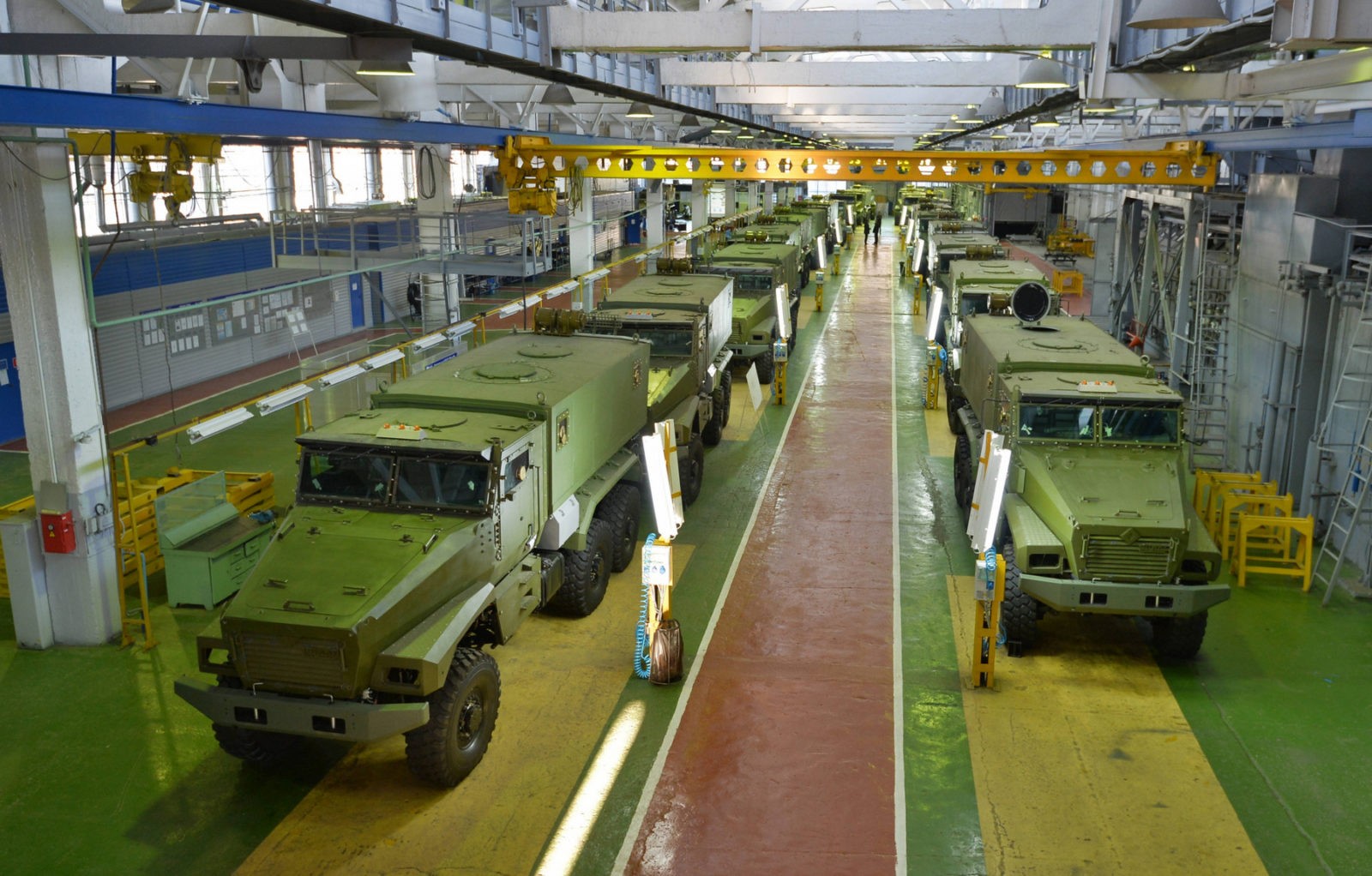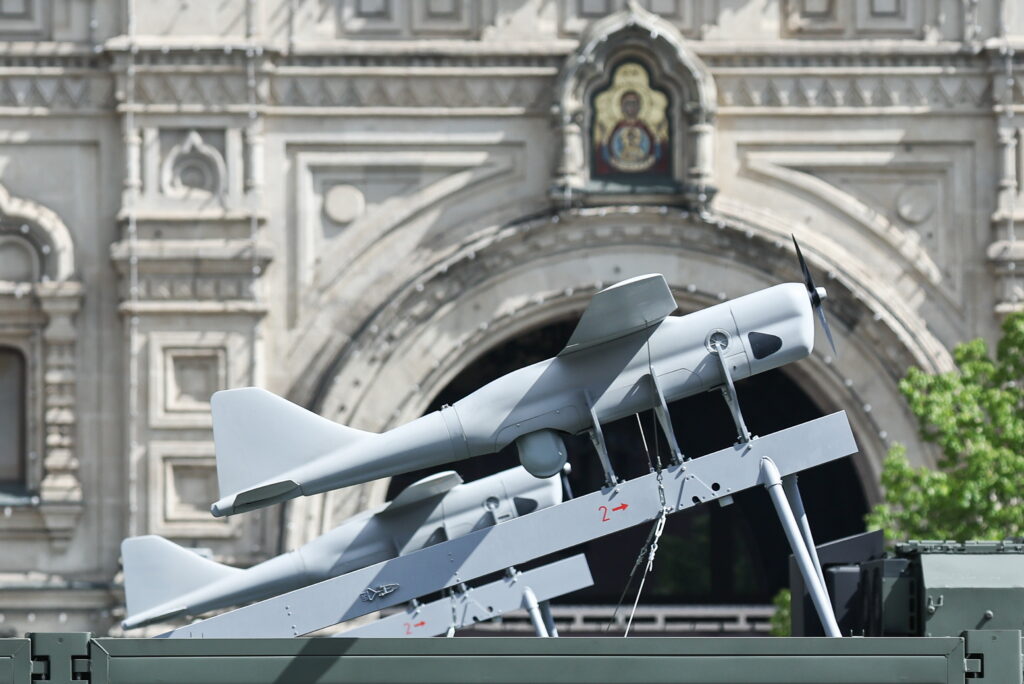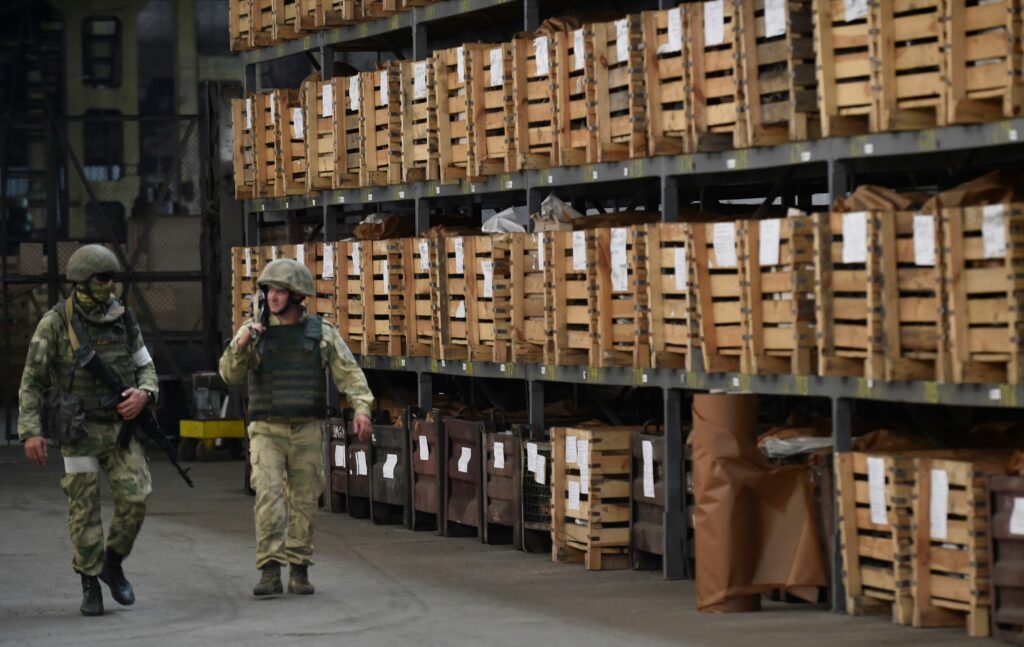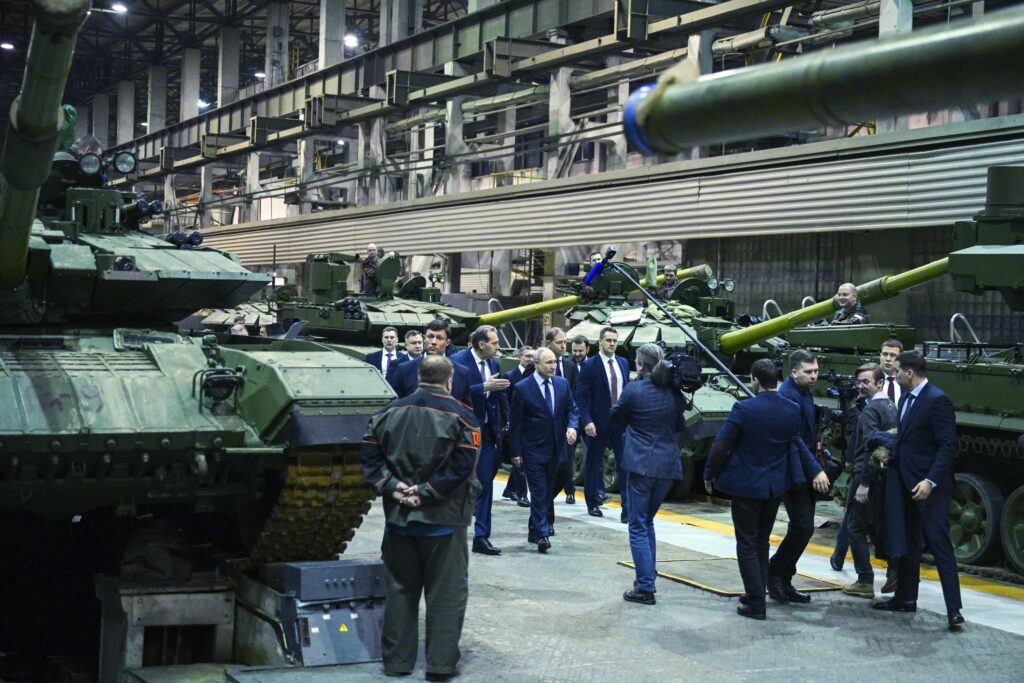The 10-year state arms procurement programme (GPV-2020) adopted in 2011 was not the first such plan. But this one is exceptional because of its large scale: the planned cost is 20 trillion roubles (approximately $670 billion at the time of adoption). In reality, the Russian authorities did not have such resources. The Kremlin could spend 11.5 trillion roubles (nearly $247 billion at current prices and average annual exchange rates) on development and procurement of arms and military equipment in 2011-2018 by increasing the fiscal burden and making cuts to other budget items. In 2019-2020 Moscow intends to spend about 3 trillion roubles more. In other words, total spending under GPV-2020 will amount to about two-thirds of the initial plan.
The next ten-year state arms procurement programme, GPV-2027, of more than 20 trillion roubles, was launched in 2018. This approach, where the final years of one programme overlap with the first years of the next, is a consequence of the special system of governance in Russia. Huge allocations require a great deal of coordination and compromises within the massive Russian bureaucracy and state industry, making it easier to move projects and procurements from one programme to another. All this enhances the stability of control and the predictability of the system, and decreases the risk of imbalances. And GPVs have a great impact on the entire Russian power structure.
Winners
Apart from the contributions of Russian citizens spent by the Russian authorities on arms and military equipment in 2011-2018, the Russian defence industry received another $120 billion from exports. Thus, nearly two-thirds of the revenue is covered by the Russian budget, and one-third by importers.

However, it must be borne in mind that some of the export supplies are initially credited by Russian state-owned banks or the Russian government (and not all of the loans are going to be repaid by foreign customers). So the financial standing of defence companies (the majority of which are owned by the state) depends on public spending. Moreover, Russian state bureaucracy and the bureaucracy of Russian state-owned companies are largely one and the same. That is why nearly all economic issues of military production inevitably become part of the political process.
If we look at concrete examples of companies which are major beneficiaries of supplies of arms and military equipment to the Russian army and law enforcement agencies as well as exports, the following picture emerges: The undisputed leaders are Rostec, Almaz-Antey, United Aircraft Corporation (UAC), United Shipbuilding Corporation (USC) and Tactical Missiles Corporation (TMC). In 2011-2017 (no 2018 data are available yet), they earned more than $229 billion, or the equivalent of 70% of all the funds allocated by the government under GPV-2020 and received from exports during these years from supplies of military production in Russia and abroad.

Two other giants, Roscosmos and Rosatom, are missing from the list of leaders: There is not enough data to calculate their revenues from military programmes, but undoubtedly we are talking about tens of billions of dollars for this period. Of course, these figures do not look impressive on a global scale. Revenues of Russian oil companies such as LUKOIL or Rosneft are many times greater. However, the role of Russian defence companies is extremely important in the political sense.
To begin with, these companies sustain one of the Kremlin’s most important foreign policy tools: military might. Second, public procurement and exports of arms ensure stability of the Russian system of power with its corporatist model, and they balance it. Third, these contributions and export revenues support and consolidate the selectorate that the Russian authorities rely on. Consequently, the defence industry’s economic efficiency is less important than the role it plays in Russia’s political system.
Losers
Nevertheless, the problem of economic inefficiency takes a toll. The preservation and maintenance of unprofitable enterprises is a permanent concern of state-owned arms companies. After the execution of contracts for various types of arms and military equipment, the problems of some of the manufacturing facilities that are part of these corporations are only exacerbated. For example, in 2018 alone, missile artillery manufacturer Motovilikha went through a bankruptcy, while infantry fighting vehicle maker Kurganmashzavod became heavily indebted and Novosibirsk Aircraft Production Association had to sack redundant personnel. All this makes parent corporations, central and regional authorities constantly seek compromises to deal with enterprises’ inefficiency to keep it from affecting power distribution in Russia.
Since job cuts against the backdrop of long-term economic stagnation in Russia create problems primarily in the regions, former employers make it a priority to seek jobs for laid-off workers in other units of the corporation or in other companies. It is noteworthy that this phenomenon also exhibits the subordination of regional authorities to the Kremlin.
Another way of saving non-performing enterprises is through direct public financing. Such subsidies help enterprises switch to other defence projects, which are sometimes quite exotic and not always feasible, but political tasks prevail.
At the same time, there is constant bureaucratic competition between leading defence companies. The heads of these enterprises are often connected with each other and with representatives of the authorities by a multitude of horizontal and vertical ties, but they have to constantly fight to strengthen their positions. This competition often results in changes in the industry following acquisitions, combinations of assets and so on. Even the activities of the remaining seemingly private defence companies are in fact coordinated by political elites, while their owners and managers are incorporated into the system of governance, although their position has weakened.
Having said that, the Kremlin’s order for defence companies to increase civilian production, which should generate up to 50% of revenues by 2030, and special conditions created by the state in the domestic market, is another attempt to solve the problem of defence industry inefficiency, which is necessary to maintain the existing system of power. In other words, additional sources of earnings are created for the defence industry by political means in addition to the implementation of the GPV. If the Kremlin faces an acute shortage of resources and is unable to spend money on arms, it will still make every effort to ensure that one of the main pillars of power is in good shape.
The fourth part of the series ‘Safety first’: the changing role of veterans’ organisations in Russia
Part five of ‘Safety first’: security, threats and academia
Part 6 of “Safety first”: State – and Human-level Security in Russia










